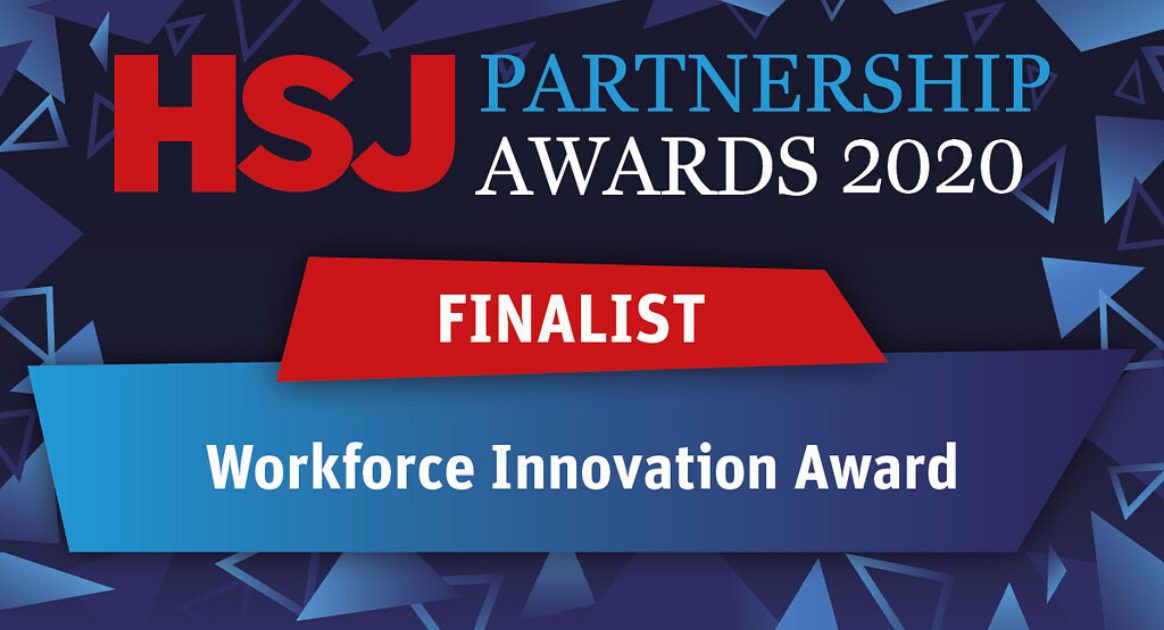NHS, Extended Access Hubs, Workforce Planning
How to run a successful Extended Access service - lessons from the frontline
Conexus Healthcare, Wakefield's GP Federation, has been working with Lantum since 2017. They have created a well-established GP extended access service and our partnership together to increase capacity in the network has recently been shortlisted for an award for Workforce Innovation of the Year at the HSJ Partnership Awards.
We asked Managing Director Anthony Nelson, to share what Conexus has learned while setting up and running the service.
Conexus has been running an extended access service for our 380,000 patients since 2017. That means we’ve got a fair amount of experience under our belts now when it comes to delivering this type of service.
Over two years in, and with additional services added to our original GP services, it’s a great time to reflect on our journey so far, the challenges we’ve faced and the successes we’ve had. I hope our insights will help others going through the same process.
Challenges setting up the extended access service
Probably the biggest challenge we faced during the setup of the GP Care Wakefield service was engaging our primary care colleagues across the district.
The concept of the service had been developed in collaboration with GP leaders, based on patient and public feedback about existing access arrangements. However, when we initiated the programme of work to deliver the commissioner's service specification we widened the range of people we were engaging with and ran up against a few vocal and strongly opinionated opponents.
What I would say about this is that the challenges were a good thing in many ways. They helped us figure out if what we were aiming for was being done in the right way to the right ends, and whether it was being communicated effectively. Some of the challenges led us to refine the service model, while others helped us be clearer about what we were doing and why.
Challenges running the service
As with any new service, there have inevitably been challenges since launch – it’s impossible to get everything right from the start and we’ve taken the approach of starting small, testing quickly and then improving iteratively. Here are the key challenges we’ve seen:
Staffing the service
We’re really lucky to have a fabulous team drawn from across the primary care workforce in Wakefield. But change is a constant and we’re also seeing increasing uptake of the service, so we need to keep attracting talent.
When we first started out, we were managing staff rotas and a shared workforce manually. To say this was an administrative headache is somewhat of an understatement. It also wasn’t a great experience for staff. We quickly recognised that there must be a more efficient, straightforward way to manage staff from multiple sites – and that’s what led us to work with Lantum.
Promoting access to the service
It took us a while to find the best ways of promoting the service to patients. We’ve found that our reception staff are a great asset; we always see an increase in activity from their home practice after they’ve done a shift in GP Care Wakefield.
We’re also aware of the need to continue to develop the trust with our member practice GPs and staff so that they have greater confidence to book their patients into the evening and weekend appointments for ‘routine’ care.
We’ve now had a couple of days when our appointments have been completely full and usage keeps growing even as we continue to add additional availability, so we feel confident (though not complacent) that we’re on the right track with promotion now.
What’s worked well
Alongside the challenges, we’ve had plenty of successes that we’re really proud of. There are four key things which I think any extended access service could emulate:
Achieving high shift-fill rates and making best use of local staff
We’re now regularly achieving 100% shift fill many weeks in advance of the shift date. One of the key drivers for this success is our partnership with Lantum, which we use to manage all our rotas, advertise shifts, and communicate with staff. It’s simple to set up the shifts, it takes a minimum amount of effort for staff to sign up to the software and it makes it so easy for them to commit to a shift.
What we’ve also learnt is that you can get a huge amount from your local workforce. Many practice staff, including clinical staff, are on the lookout for additional hours, so enabling them to work in our service has grown the available primary care workforce. We’ve even contributed to retaining staff in their home practice because of this model.
Obtaining and sharing patient feedback
We put a lot of effort into getting Friends and Family test results back. In particular, our receptionists work really hard to get as many patients or carers to fill them out as possible.
This has resulted in more than 66% of attendees providing us with their F&F rating and feedback – and 99% of our patients would recommend us, which we’re thrilled about. We also share the individual feedback each month with staff, which we find helps give them a more rounded experience of working in the service and makes them feel good about it too.
Building local ownership
We’ve found that as an extended hours service you need local ownership so that clinicians support the service by working in it. We’ve worked hard to get GPs to see the service as an extension of their practice. That way, they make it easy for patients to access the service and it means general practice in Wakefield can genuinely advertise itself as available 08:00 to 22:00 every weekday and 09:00 to 15:00 Saturdays, Sundays and Bank Holidays.
Investing in a Telephone Clinical Advice Service
Our Telephone Advice Service, run by trained and highly experienced nurses, acts as the ‘front door’ for same-day appointments. We’ve found that about 50% of people who call it don’t actually need a same day face-to-face appointment and can be helped over the phone. This has gone a long way to ensuring that appointments are only used by those who most need them.
Identifying champions
There were a couple of individuals on our patch who were extraordinarily passionate about delivering the ambition of the service. They understood why the services were a good idea and were prepared to go out on a limb to persuade others.
Finding those kinds of champions within your own area and then enabling them to help you by providing the right engagement and support is really beneficial. Not to mention it’s always a pleasure to be working with people like them.
If we could change one thing...
I think if we could go back to the beginning and start all over again, the one thing I’d change is getting a signed off and immovable service specification agreed as early as possible.
We spent quite some time heading in what we understood was the right direction only to find that the signpost had been pointing down the wrong road. There was no malicious intent but it was very frustrating. It was a bit like having decided you’re going to go to the beach and getting part way to Southport when somebody at the back of the train shouts that they’d meant to say Bridlington and that only Bridlington could be considered to be the beach.
Ingredients for creating a successful extended access service
So what are the must-haves for a great extended access service? First of all, I think it’s vital that the core team delivering the service have the following attributes:
- Passion
- Strong clinical leadership
- Resilience
- A can-do attitude
In addition, it’s vital to invest time in relationship building. Both with your sessional workers – GPs, ANPs, nurses and reception staff – and with your practices. It’s important to invite feedback and provide them with data they can use about how much their patients are using the service.
Providing development opportunities for those who work in your service is also vital. And I’m not just speaking about financial rewards, but CPD activities such as audit feedback and patient feedback.
Communication has also been incredibly important. You need to keep people informed and use different modes of communication – don’t be afraid to repeat the messages over and over.
Finally, get the right support. For example we got help with marketing to make sure people knew about us. And to address our workforce challenges, we partnered with Lantum. The right partners can make your job so much easier and the service more successful.



